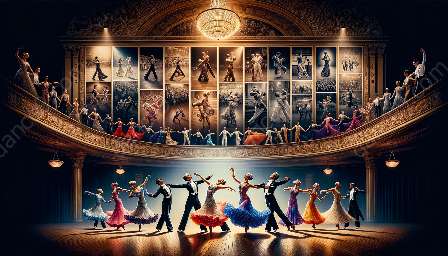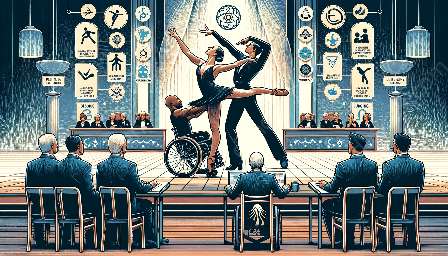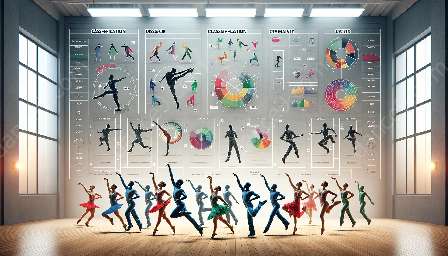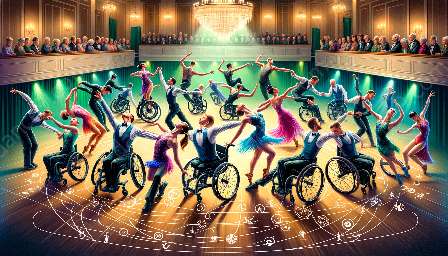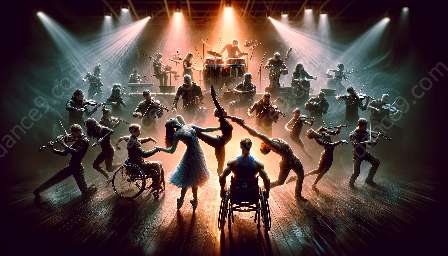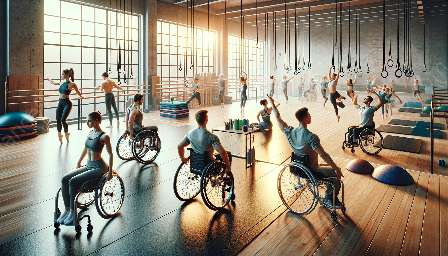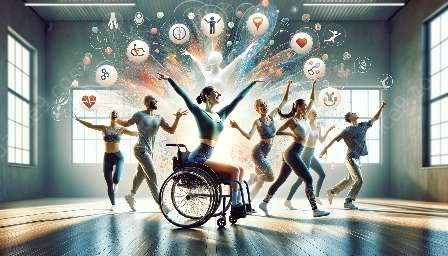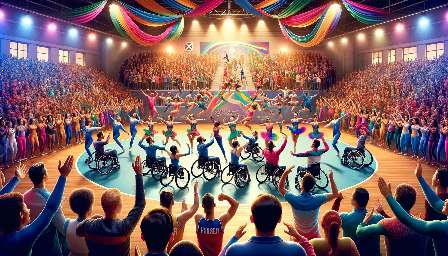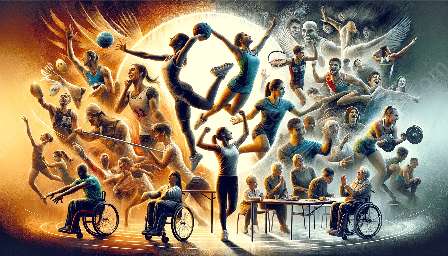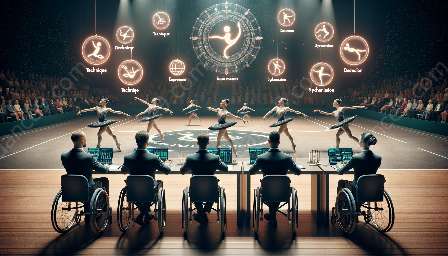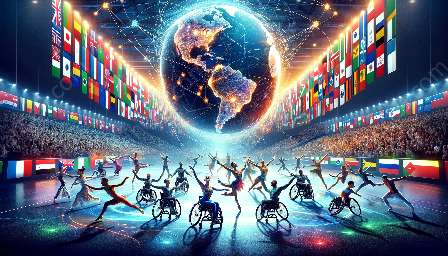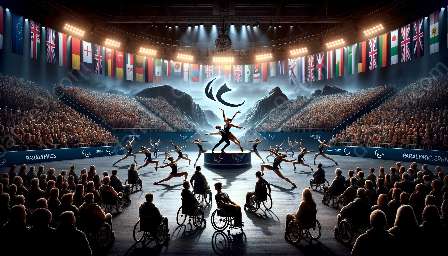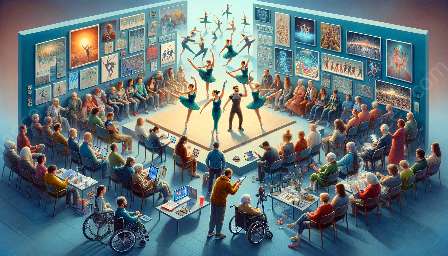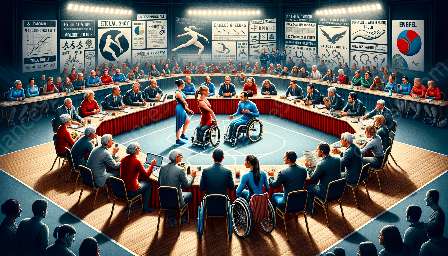Para dance sport has gained recognition as a highly competitive and inclusive sport, allowing individuals with physical impairments to showcase their talents and skills in dance. Conditioning plays a crucial role in enhancing para dancers' performance, enabling them to achieve their full potential and excel in the world of para dance sport. This article explores how para dancers can benefit from specialized training and conditioning, leading to improved strength, flexibility, endurance, and overall performance.
Understanding Para Dance Sport
Para dance sport, also known as wheelchair dance sport, involves athletes with a range of physical impairments competing in various dance disciplines, including Latin, Standard, and Freestyle. The sport not only requires technical proficiency in dance movements but also demands exceptional physical fitness, coordination, and artistic expression.
As para dance sport gains global recognition and inclusivity, the need for comprehensive training and conditioning becomes increasingly essential for para dancers to thrive in this competitive arena. Implementing targeted and effective conditioning programs can significantly impact para dancers' abilities to perform at their best.
The Role of Conditioning in Para Dance Sport
Conditioning is a critical component in the preparation and performance of para dancers. It encompasses a comprehensive approach to physical training, encompassing strength, flexibility, endurance, balance, and coordination. By integrating conditioning into their training regimens, para dancers can enhance several aspects of their performance:
- Strength: Developing muscular strength is vital for executing dance movements, lifts, and transitions with precision and control. For para dancers, customized strength training programs can target specific muscle groups to compensate for physical impairments and optimize performance.
- Flexibility: Achieving and maintaining flexibility is essential for executing a wide range of dance movements smoothly and gracefully. Flexibility training can help para dancers improve their range of motion and minimize the risk of injury during complex choreography.
- Endurance: Building endurance is crucial for sustaining energy throughout a performance, particularly in longer routines and competitive events. Endurance conditioning can enhance para dancers' stamina and resilience, allowing them to deliver powerful and captivating performances.
- Balance and Coordination: These physical attributes are fundamental for executing precise footwork, turns, and partner interactions in dance routines. Specialized exercises and drills can enhance para dancers' balance and coordination, contributing to their overall performance quality and artistry.
Training and Conditioning for Para Dance Sport
Effective training and conditioning programs for para dance sport should be tailored to address the unique needs and challenges faced by individuals with physical impairments. A holistic approach that combines strength training, flexibility exercises, cardiovascular conditioning, and proprioceptive drills can optimize para dancers' physical abilities and skillsets.
Accessibility and inclusivity are key factors to consider when designing conditioning programs for para dancers. Training facilities and equipment should accommodate individuals using wheelchairs or mobility aids, providing an environment that fosters equal opportunities for training and development.
Additionally, certified trainers and coaches with expertise in para dance sport should guide and oversee the implementation of conditioning programs. Their knowledge of adaptive training techniques and understanding of each dancer's capabilities can ensure safe, effective, and impactful conditioning regimens.
World Para Dance Sport Championships
The World Para Dance Sport Championships serve as the pinnacle event for para dancers, showcasing the highest level of skill, artistry, and athleticism in the sport. Conditioning plays a pivotal role in preparing athletes for the rigors of competitive performances at these prestigious championships.
Leading up to the World Para Dance Sport Championships, para dancers undergo rigorous training and conditioning protocols to optimize their physical and mental preparedness. The emphasis on technical proficiency, expression, and physical endurance aligns with the demands of high-level para dance sport competition.
Specialized conditioning programs also enable para dancers to adapt to various dance styles, choreographies, and partnering dynamics, ensuring they are well-equipped to meet the challenges presented by the diverse disciplines featured in the championships.
Conclusion
Enhancing para dance sport performance through conditioning is a multifaceted process that involves targeted training, specialized exercises, and a comprehensive approach to physical development. By prioritizing conditioning, para dancers can elevate their strength, flexibility, endurance, and overall performance, ultimately thriving in the competitive realm of para dance sport and leaving a lasting impression on the world stage, including the esteemed World Para Dance Sport Championships.
Together, the integration of training and conditioning empowers para dancers to overcome physical barriers, redefine athletic excellence, and inspire audiences with their exceptional talent and dedication to the art of dance.

